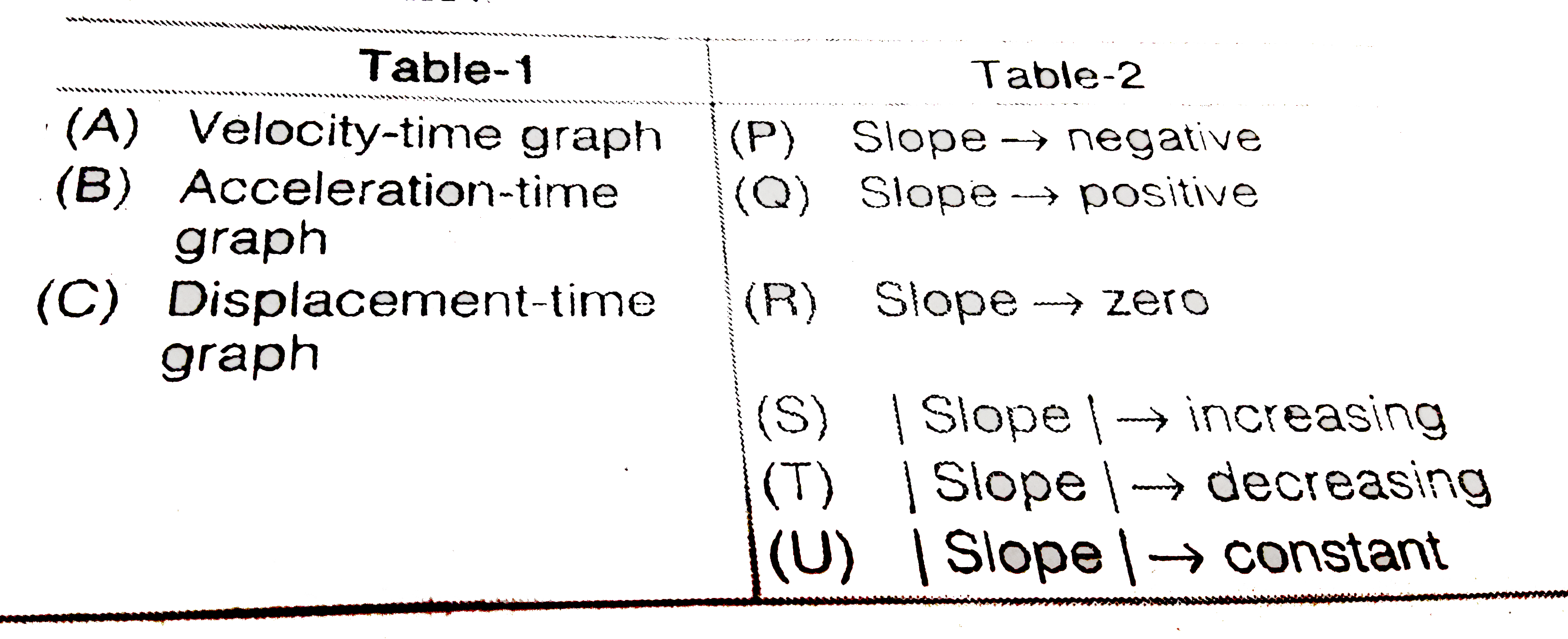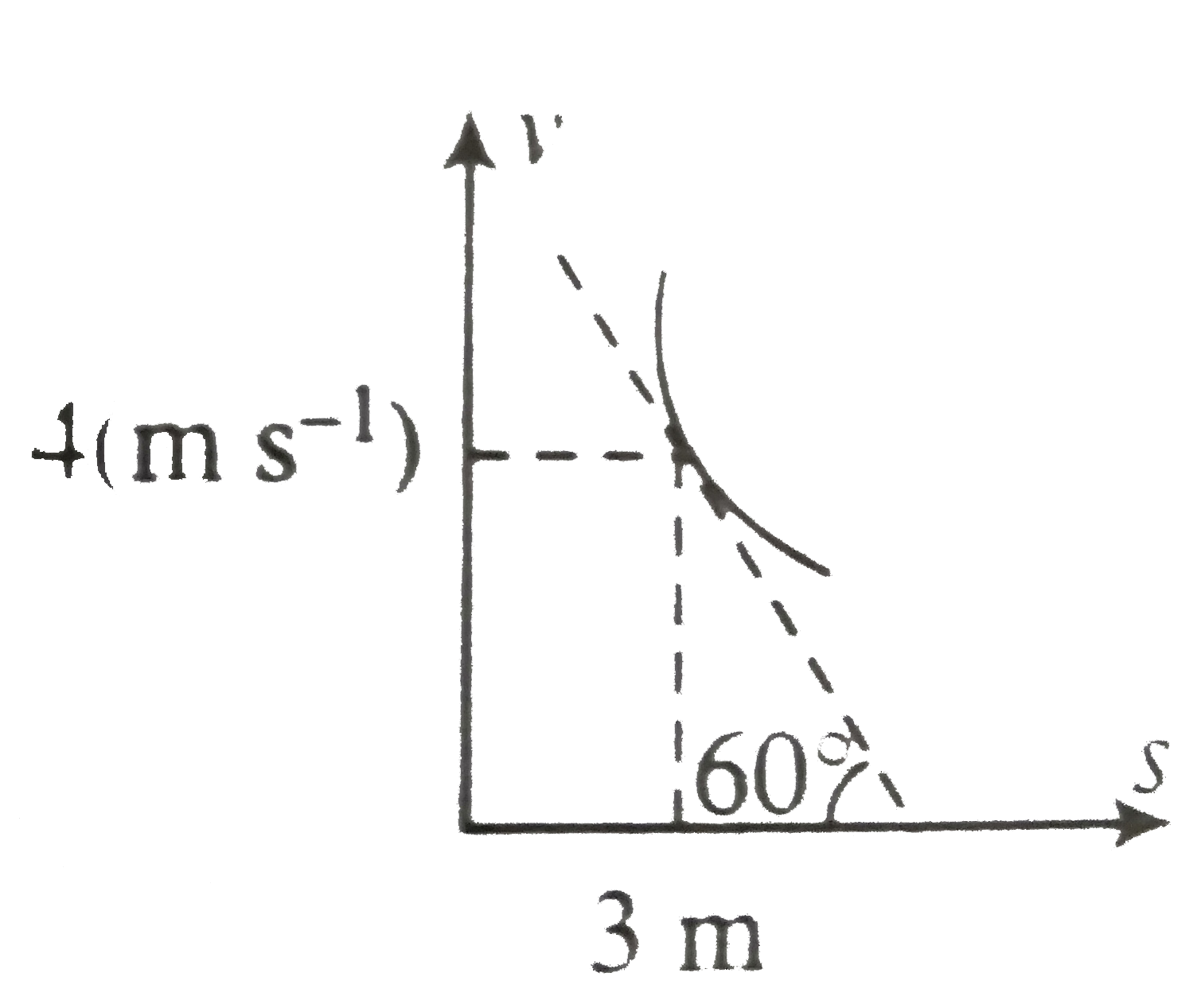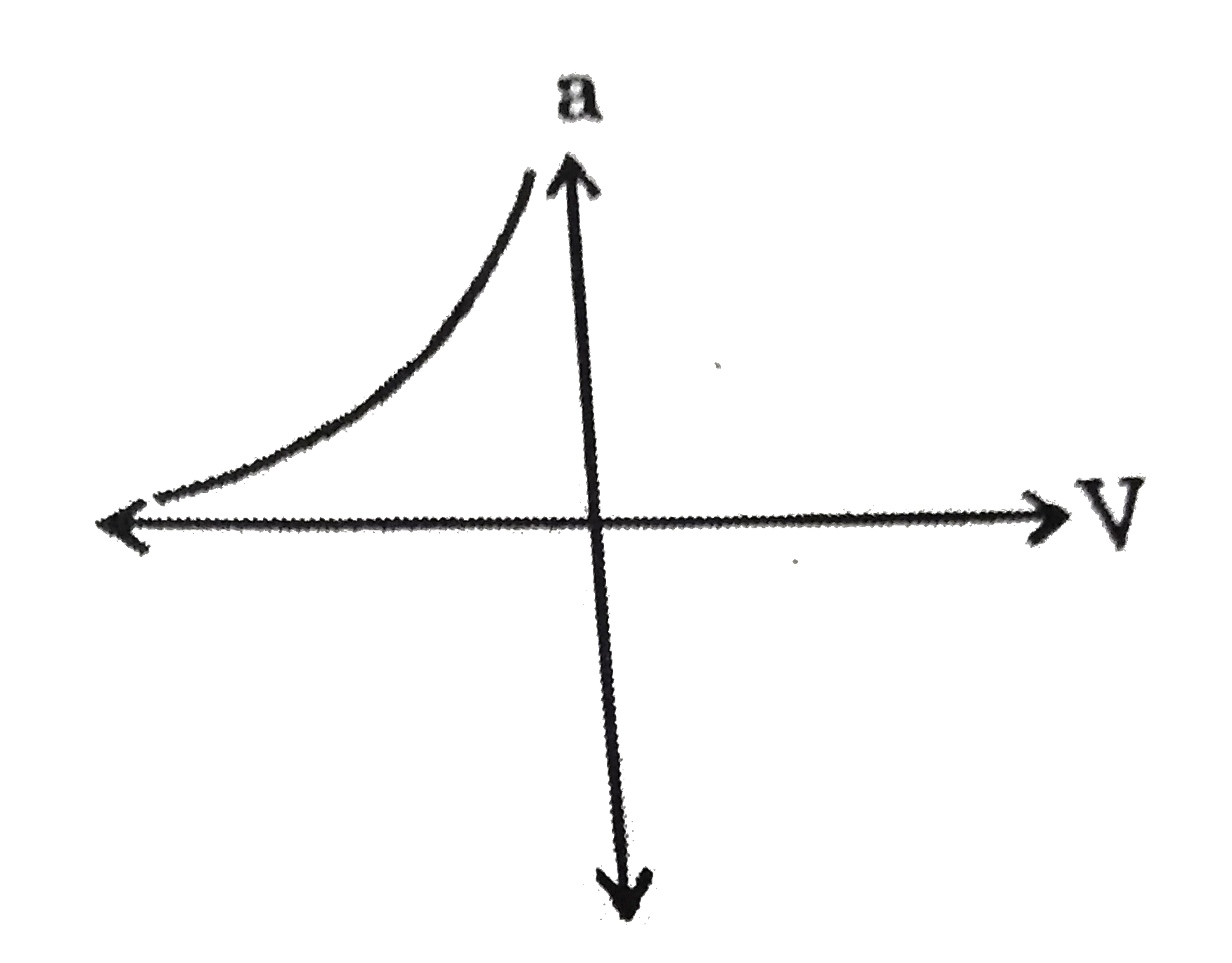A particle moves along a straight line path. After some time it comes to rest. The motion is with constant acceleration whose direction with respect to the direction of velocity is :
positive throughout motion
negative throughout motion
first positive then negative
first negative then positive
The correct Answer is:B
To solve the question, we need to analyze the motion of a particle that comes to rest under constant acceleration. Here’s a step-by-step breakdown of the solution:
Step 1: Understand the Problem
We have a particle moving along a straight line, initially with some velocity u. The particle eventually comes to rest, meaning its final velocity v=0.
Step 2: Identify the Variables
- Initial velocity: u
- Final velocity: v=0
- Acceleration: a (unknown)
- Time: t (unknown)
Step 3: Use the Kinematic Equation
We can use the kinematic equation that relates initial velocity, final velocity, acceleration, and time:
v=u+at
Substituting v=0:
0=u+at
Step 4: Rearrange the Equation
Rearranging the equation gives:
at=−u
This implies:
a=−ut
Step 5: Analyze the Signs
Since t (time) is always positive, the sign of a depends on the sign of u:
- If u is positive (the particle moves in the positive direction), then a must be negative to bring the particle to rest.
- If u is negative (the particle moves in the negative direction), then a must be positive to bring the particle to rest.
Step 6: Conclusion on the Direction of Acceleration
In both cases, the acceleration a is in the opposite direction to the initial velocity u. Therefore, the direction of acceleration is negative with respect to the direction of velocity.
Final Answer
The direction of acceleration with respect to the direction of velocity is negative.
---
We have a particle moving along a straight line, initially with some velocity u. The particle eventually comes to rest, meaning its final velocity v=0.
- Initial velocity: u
- Final velocity: v=0
- Acceleration: a (unknown)
- Time: t (unknown)
We can use the kinematic equation that relates initial velocity, final velocity, acceleration, and time:
v=u+at
Substituting v=0:
0=u+at
Rearranging the equation gives:
at=−u
This implies:
a=−ut
Since t (time) is always positive, the sign of a depends on the sign of u:
- If u is positive (the particle moves in the positive direction), then a must be negative to bring the particle to rest.
- If u is negative (the particle moves in the negative direction), then a must be positive to bring the particle to rest.
In both cases, the acceleration a is in the opposite direction to the initial velocity u. Therefore, the direction of acceleration is negative with respect to the direction of velocity.
The direction of acceleration with respect to the direction of velocity is negative.
Similar Questions
Knowledge Check
A particle moves in a plane with a constant acceleration in a direction different from the initial velocity. The path of the particle is
Astraight lineBarc of circleCparabolaDellipse
Velocity of a particle is in negative direction with constant acceleration in positive direction. Then match the following:

View SolutionA particle is moving along a straight line whose velocity - displacement graph is shown in figure. What is the acceleration when displacement is 3 m?

View SolutionA car moves in a straight line, the car accelerates from rest with a constant acceleraation α on a straight foad. After gaining a velocity v, the car moves with that velocity for somerime. Then car decelerates with a retardation β, If the total distance covered by the car is equal to s find the total time of its motion.
View SolutionA particle moves in straight line. Acceleration of particle changes with velocity as showns in graph:

View SolutionA particle starting from rest moves along a straight line with constant acceleration for this velocity displacement graph will have the form-
View SolutionA particle starts from the origin of coordinates at time t = 0 and moves in the xy plane with a constant acceleration α in the y-direction. Its equation of motion is y=βx2. Its velocity component in the x-direction is
View SolutionThe velocity-time graph of a particle moving along a straight line is shown is Fig. The rate of acceleration and deceleration is constant and it is equal to 5ms−2. If the a average velocity during the motion is 20ms−1, Then
 .
.
The maximum velocity of the particle is .
View Solution
